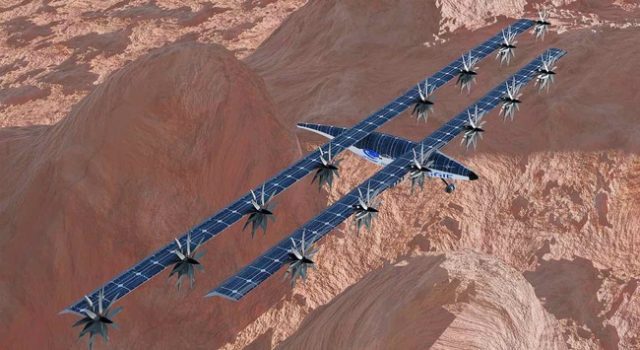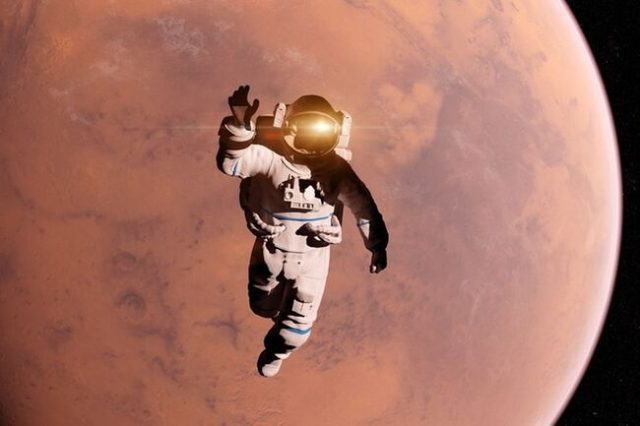
NASA is boldly advancing the exploration of Mars with a revolutionary project, the Mars Aerial and Ground Global Intelligent Explorer (MAGGIE). This compact fixed-wing electric aircraft, powered by solar energy, is designed for vertical take-off and landing on the Martian surface. Resembling the iconic Wright Flyer, MAGGIE’s wings are constructed from solar panels, harnessing the Red Planet’s sunlight for sustained flight. With a top speed of over 100 miles per hour and an altitude capability of 3,300 feet, MAGGIE is poised to explore Mars like never before. The development of MAGGIE is made possible through the support of NASA’s Innovative Advanced Concepts (NIAC) grant program.

Ingenuity, the small helicopter drone that accompanied the Perseverance rover to Mars, played a crucial role in gathering flight data in the Martian atmosphere. With over 30 successful flights, Ingenuity provided valuable insights into wind resistance, airspeed, and other avionic metrics, paving the way for the innovative MAGGIE project. As Mars possesses an atmosphere 160 times thinner than Earth’s, MAGGIE’s design incorporates a cruise lift coefficient nearly an order of magnitude higher than conventional subsonic aircraft, enabling it to navigate the challenging Martian conditions. The potential applications for MAGGIE include studying the Martian core dynamo, investigating methane signals, and mapping subsurface water ice, demonstrating its transformative impact on Martian exploration. NASA is planning to have the solar-powered Mars plane ready to fly in the next 6 years.














